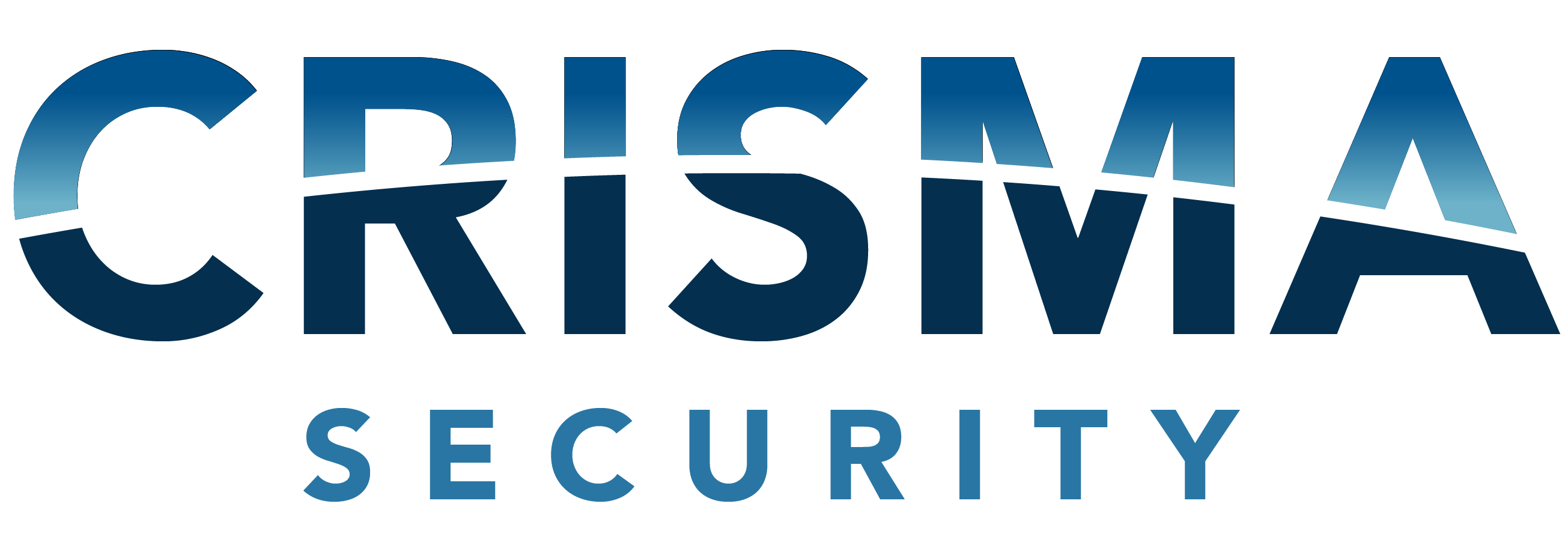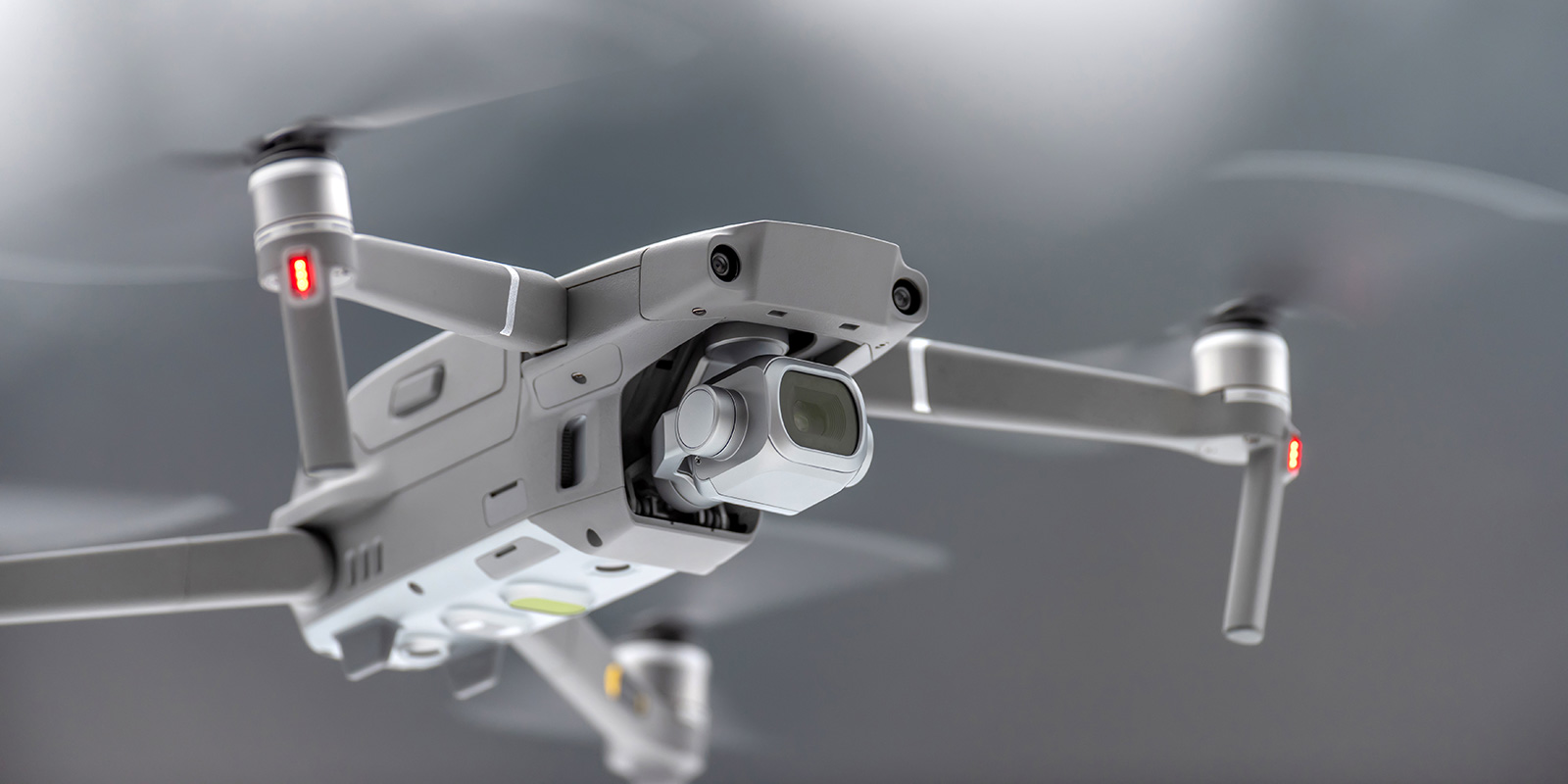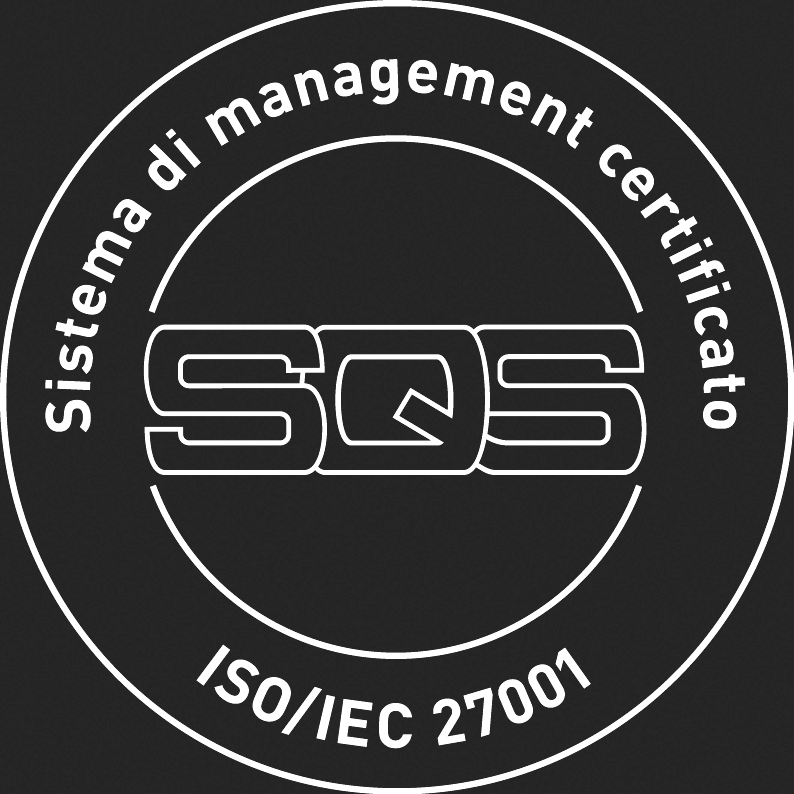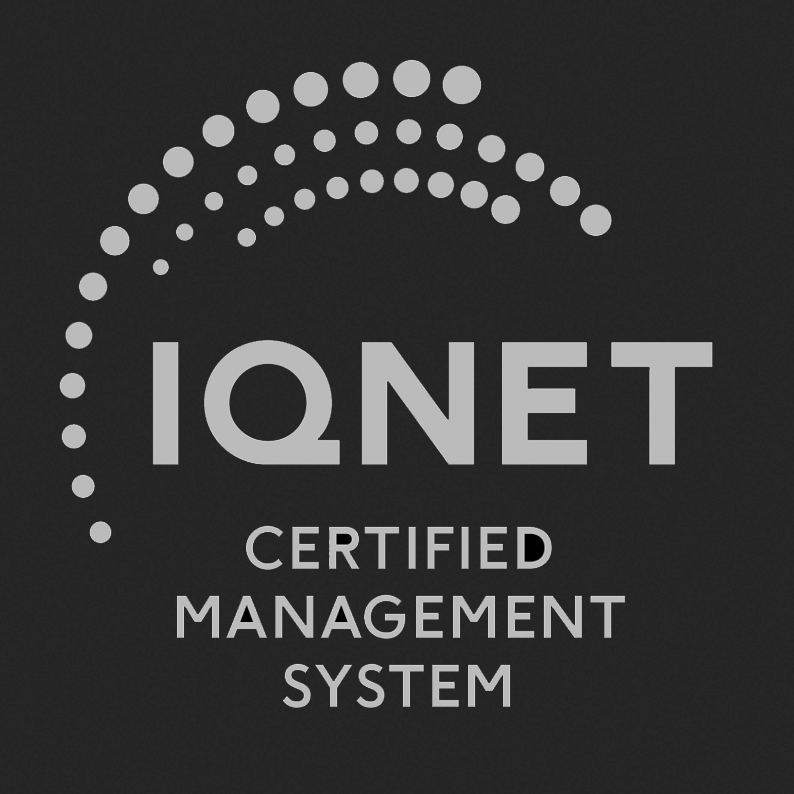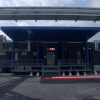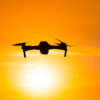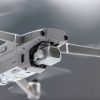Premise
In recent years we have witnessed an exponential growth of the drone market at increasingly low and increasingly reliable costs.
The regulatory framework is being defined and the applications that most interest professional operators are those relating to the mode of use of drones, in technical jargon – SAPR Remote Pilot Aircraft Systems, in BVLOS mode – Beyond Visual Line of Sight.
The BVLOS mode in practice is the one that allows remote control of a drone even when it is not in direct visual contact with the pilot and allows the implementation of extremely interesting usage scenarios but require greater control due to an increase in the level of potential risk of such transactions.
Some steps forward have been made, the flight authorities have conducted experiments with important Italian companies with the aim of identifying the critical issues and regulatory requirements to be able to implement an enabling model for the BVLOS flight mode.
The main operational scenarios mainly concern:
- monitoring of linear and non-linear infrastructures
- environmental monitoring
- monitoring of areas affected by (natural / social) events
- territorial control (borders and coastline)
- search and rescue
- agriculture
- research and development
- logistics and delivery
- aerophotogrammetry
- media: film shooting.
The needs expressed essentially envisage the use of airspace in the following ways:
- corridor operations (e.g. monitoring linear infrastructures such as power lines, gas pipelines,
railway lines) - operations in a polygonal area (e.g. precision agriculture, environmental monitoring
- of the territory, infrastructure safety)
- any combination of the above (e.g. corridor to reach the polygonal area for operations and corridor to return to the starting base)
DRONES AND SECURITY
In the field of Security, the BVLOS flight mode allows the creation of new interesting systems based on the use of Drones for the control and monitoring of large areas with several kilometers of perimeter.
The perimeter protection of large areas with traditional solutions involves the deployment of tens or hundreds of sensors and cameras located along the perimeter line that require substantial investments for the construction of wiring and infrastructures and with high maintenance costs over time.
Radars introduce a significant advantage in the protection of such infrastructures, thanks to their ability to detect a potential intruder up to 1000m radius and to provide the GPS coordinates of the intruder on a map.
It remains an open point, however, in addition to seeing the position of the intruder on the map, security operators also need visual feedback.
DRONES + RADAR
Through the use of integrated Drones-Radar systems it is possible to create an advanced perimeter security system with an extremely reduced number of sensors, using the GPS coordinates provided by the radar systems it is possible to pilot one or more drones that follow the intruder and send in real-time video in the operations room.
The drones can be set up with both thermal cameras and visible cameras to ensure optimal vision both day and night, the video streams are displayed in the operations room in real time and are recorded within a Video Management system for a next view.
Through the integration of Radar-Drones it is possible to protect large surfaces with a few sensors, in fact a Radar-Drone system can replace up to 50-100 cameras located along the perimeter, with installation and maintenance costs reduced over time.
DRONES, AI AND SURVEILLANCE
Another interesting scenario concerns the use of drones for the management of patrols normally carried out by security personnel for the control of some critical areas, setting flight plans, one or more drones scan the area of interest. set intervals.
The use of drones for patrols allows you to have a much wider view of the area to be monitored and at the same time does not expose the surveillance operator to any risks in the presence of aggressive patrons, perhaps even armed.
The drones also guarantee a high speed of movement allowing greater timeliness in responding to events by providing information and images useful for analyzing the scenario.
It often happens that the security operator following a call is unable to identify a target in the dark, for example, imagine the difficulty of identifying a person in a very large area of several hectares in the middle of the night. The use of thermal cameras on board the drones allow the identification and tracking of a target even in the total absence of lighting.
Other interesting application scenarios arise from the use of new video analysis techniques based on artificial intelligence integrated with drones, these techniques allow the recognition and real-time classification of targets. For example, it would be possible to train one or more drones to carry out patrols in search of potential intruders, to recognize anomalous operating situations of the systems or to detect the presence of a fire through the use of radiometric sensors or cameras.
The integrated use of cutting-edge technologies such as Drones, Radar and Artificial Intelligence will very soon change the way of “doing security”, we must prepare to be ready to accept the change.
